Continuing our Series of Atlantic Canada Voices, Mark Bibby Jackson chats with Gary Schneider founder of the Macphail Woods Ecological Forestry Project in Prince Edward Island, Canada.
For you, what is sustainable tourism?
Sustainable tourism should be based on the carrying capacity of a place, looking at everything from how much traffic a trail can withstand before becoming degraded, to how much water can be safely removed from an ecosystem to supply visitors. You would also look at targeting tourists who will purchase sustainably produced products. For example, if we used Canada’s Food Island to support organic growers, or had a nature-based campaign that would encourage visitors to purchase products made from sustainably harvesting our woodlands. Again, to work, it would have to be honest.
What is unique about the forests in Prince Edward Island? Why should travellers visit?
Right now, our forests are quite degraded, but they represent the Acadian forest that has been heavily used for hundreds of years. So the restoration process itself is one that is very interesting. How do you bring a forest back to health? How does that affect our wildlife populations? And fortunately, there are still lovely areas of woodland across the Island – natural areas managed by the province, the Island Nature Trust, the Nature Conservancy of Canada and ourselves. They are still worthy of a visit, both to enjoy the beauty and to learn about forests and forest restoration. And a healthy Acadian forest is truly a beautiful ecosystem.
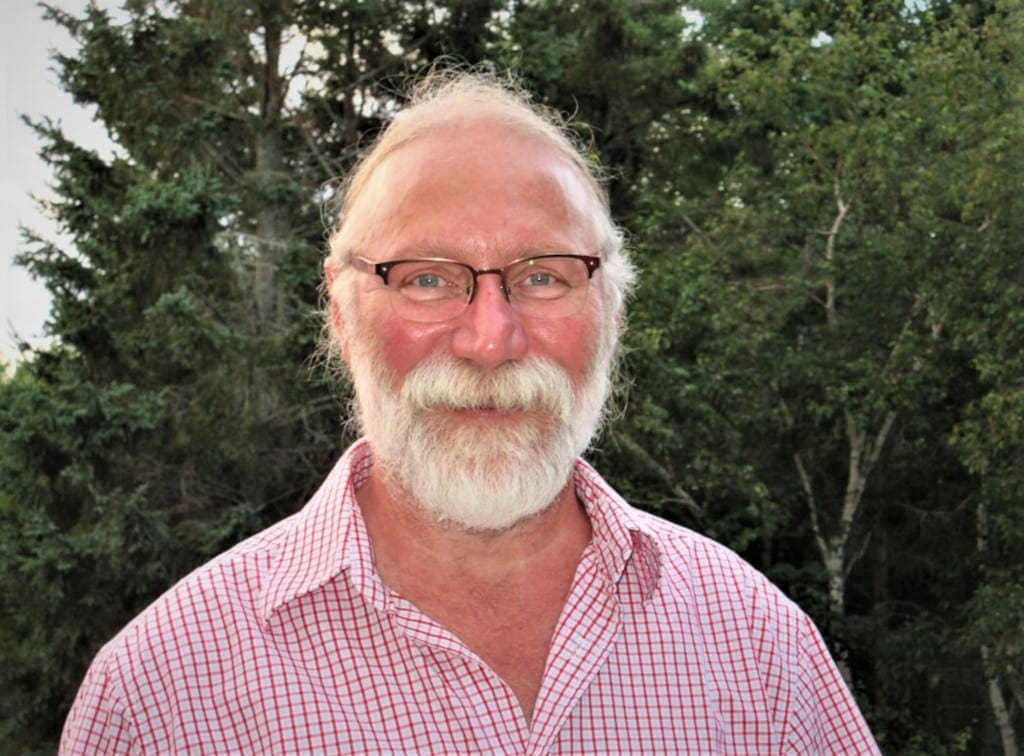
How did you end up establishing Macphail Woods Ecological Forestry Project?
It started in 1991 really as an effort to avoid having to debate foresters in rooms, and to be able to talk to the public in the woods. It was an incredible decision, looking back on it.
What restoration projects are you involved in at Macphail Woods?
We are working on the Macphail Homestead properties, which include over 200 acres of woodland, carrying out forest restoration and enhancement. We also manage 2,000 acres of Public Forest Land for the province and work on private woodlands as well. We are carrying out research on restoring black ash in the province, and understanding krummholz (those tangly coastal forests). We will be doing more schoolyard plantings this spring and continuing our restoration and educational work with Island watershed groups.
How do you see your role?
I try to coordinate things so that things get done that need to get done. So we collect seeds and grow rare native plants in our nursery, we do a lot of public talks and walks – everything from Owl Prowls to Birds and Breakfast. I think my role is mainly to help the public fall in love with Island forests, and then they can hopefully take action to help in its conservation and restoration.
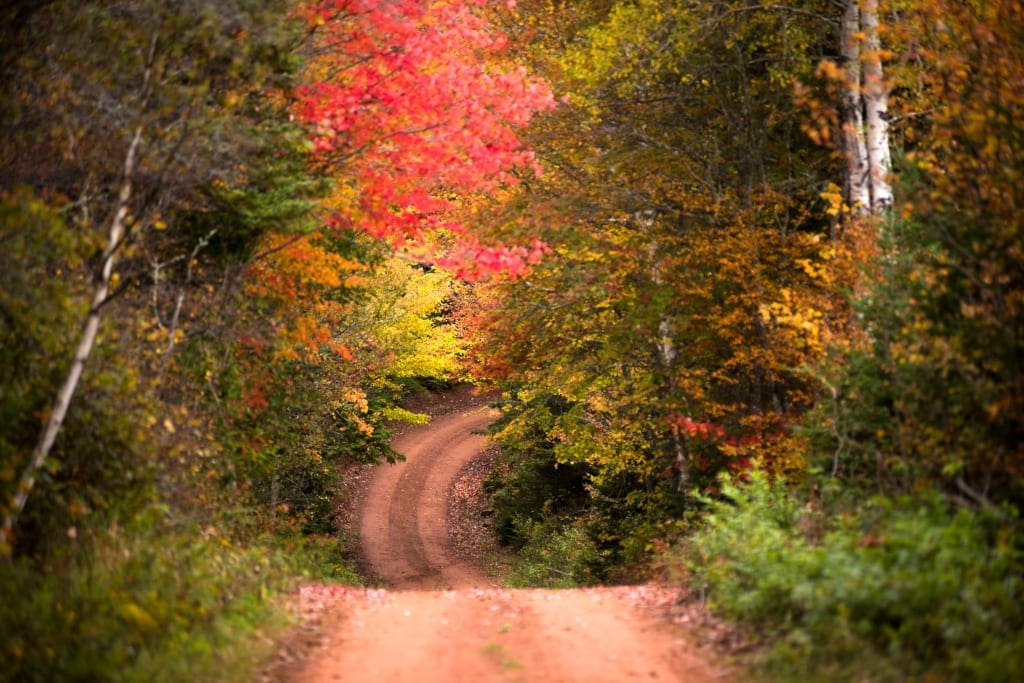
Which trails do you recommend for tourists?
We have some nice trails on the Macphail property, but there are lots of other lovely ones. Gairloch Road, Bonshaw Hills, Beck Trail, Devil’s Punchbowl, Winter River and many more. All parts of the Confederation Trail are great for an easy walk. And Parks Canada has some exceptional trails, including the Greenwich Dunelands Trail and the Bubbling Springs Trail.
What role does tourism play in helping your conservation work?
Tourism has not had a big role in conserving and restoring forests here. But it could really be an asset. Again, you have to deliver high-quality products for people, everything from Roads Scholar tours to high-end wood products or non-timber products. Something to purchase that supports good practices which could be anything from maple syrup and dried mushrooms to kitchenware made from sustainably harvested wood. This would help encourage more producers to harvest sustainably and to think about forest health first. If people trust you and see you work, they have an opportunity to donate towards your conservation efforts.
In these times of Covid, what precautions are you taking to help protect visitors?
We cancelled some of our larger events, and cut others in half to maintain social distancing. We also have hand sanitisers everywhere and upped our cleaning protocols. We also are doing more online work than in previous years. Our native plant arboretum still has visitors, we just don’t have big gatherings there.
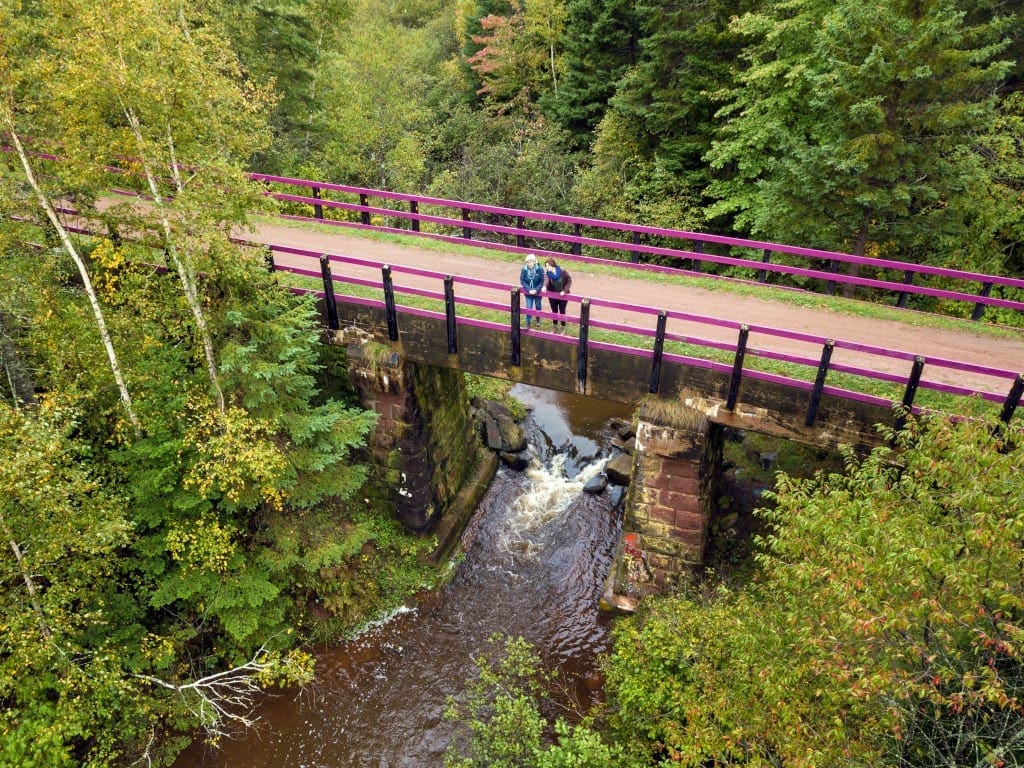
What plans do you have for the future?
We are always looking to grow more and more of our rarer species – everything from trees and shrubs to wildflowers and ferns. We continue to get these out into Island woodlands, with the idea that they will start producing seed and greatly increase the amount of acreage we can restore. We’re really trying to develop a relationship with nature, we’re kind of helping each other out. We are also looking to create a woodworking studio where we can produce wood products from our sustainably managed woodlands. This would greatly increase our ability to attract tourists. We also want to get back to our full range of educational offerings, once the pandemic is over.
If you enjoyed reading this article then please also read about Sustainability in Fundy National Park of Canada, another of our Atlantic Canada Voices.
More information about Macphail Woods
To learn how you can discover or support Macphail Woods, click here, and for information on Atlantic Canada, visit: www.atlanticcanadaholiday.co.uk.
Main image: Strathgartney Snowshoeing ©TourismPEI / Al Douglas. Background image: © TourismPEI / Stephen Harris.
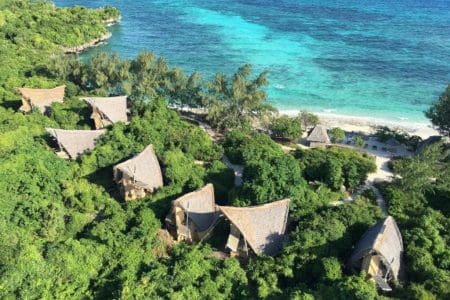
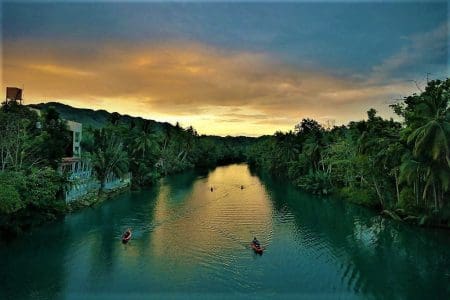
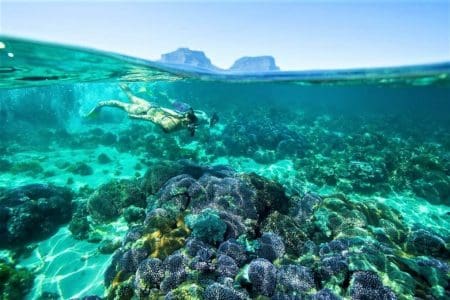
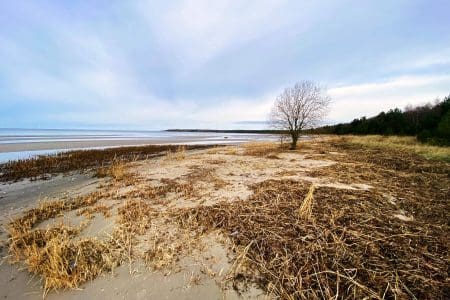
Great initiative! Gary has been a driving force here on the Island promoting native species and proper methods for growing. We have 3 beautiful oaks that are now about 30 ft. tall growing right near the salt water. We purchased them bare root from Gary, at McPhail’s woodlot about 20 years ago. At the time we had a friend who was joking about an older man we knew for planting trees. When I relayed the story to another wise friend, he said “there is something noble about a man who plants a tree the shade of which he shall never see.” (not sure who wrote it originally)
Does sound like a great initiative. Just Googled the quote – which I think should be ‘sit’ not ‘see’. Some acredit it to the Ancient Greeks, but it looks as if it is more likely to be Quaker – https://www.roger-pearse.com/weblog/2017/08/26/a-society-grows-great-when-old-men-plant-trees-in-whose-shade-they-know-they-shall-never-sit-an-ancient-greek-proverb/. Either way – fully endorse the sentiments.
Which Prince Edward was the island named after?
According to google it was named after the fourth son of George III, who was the father of Queen Victoria in 1799.